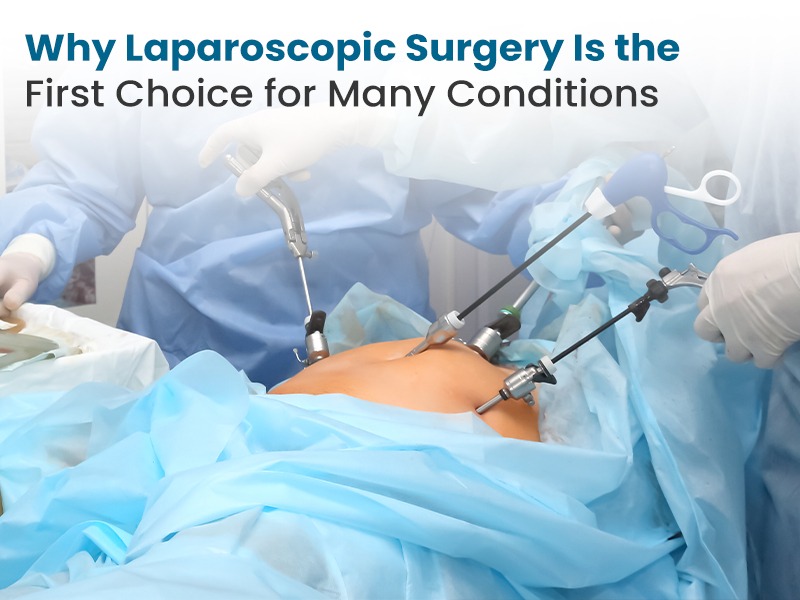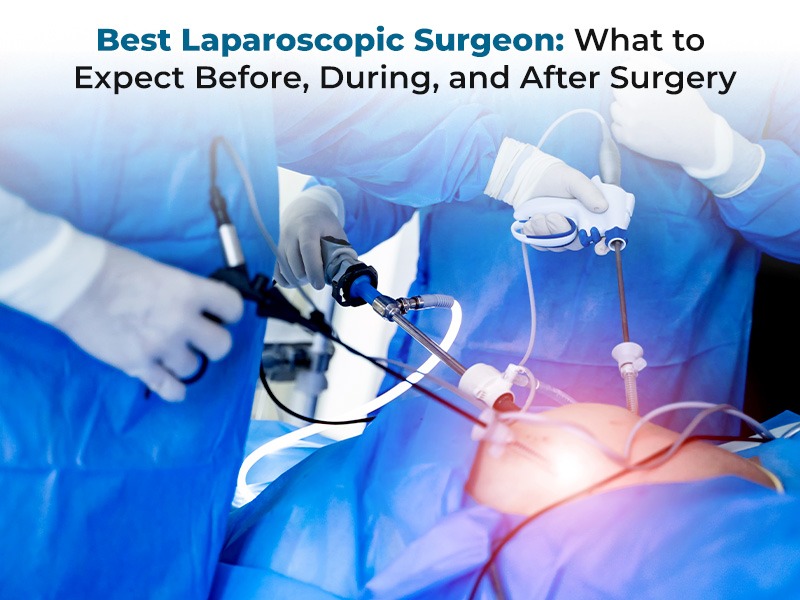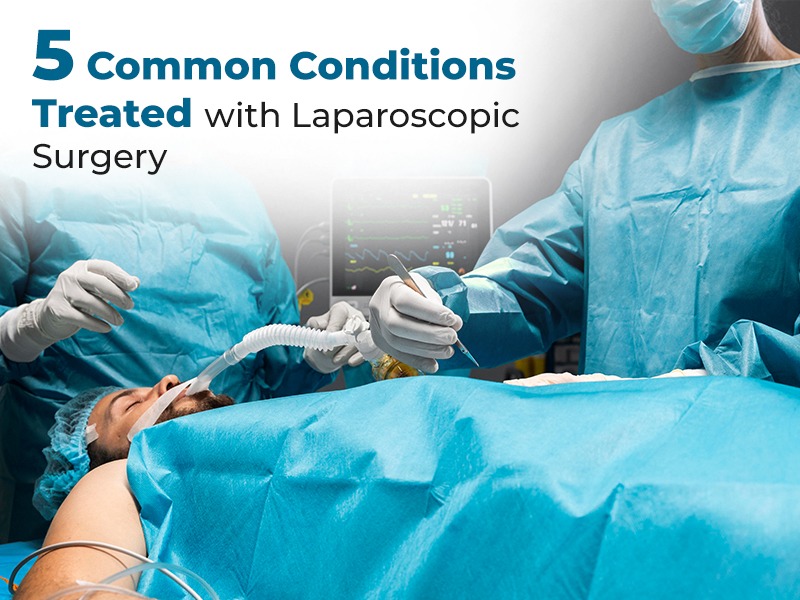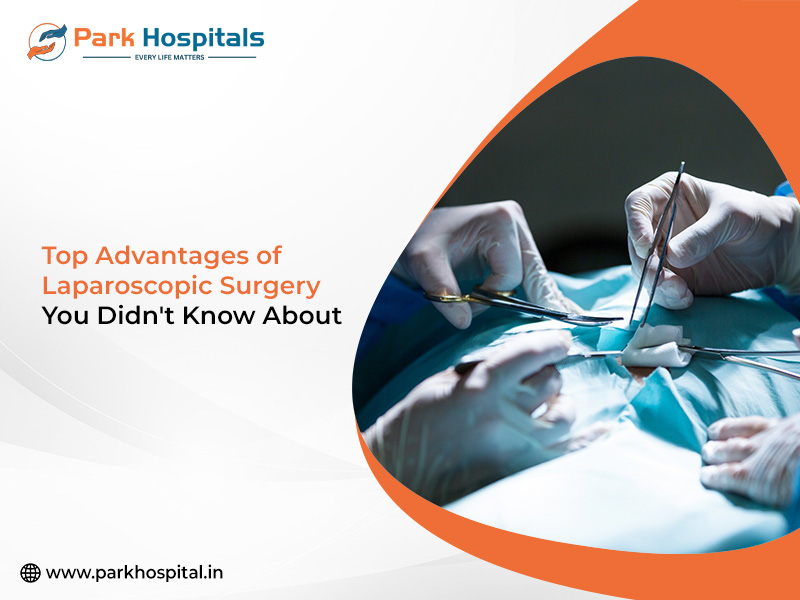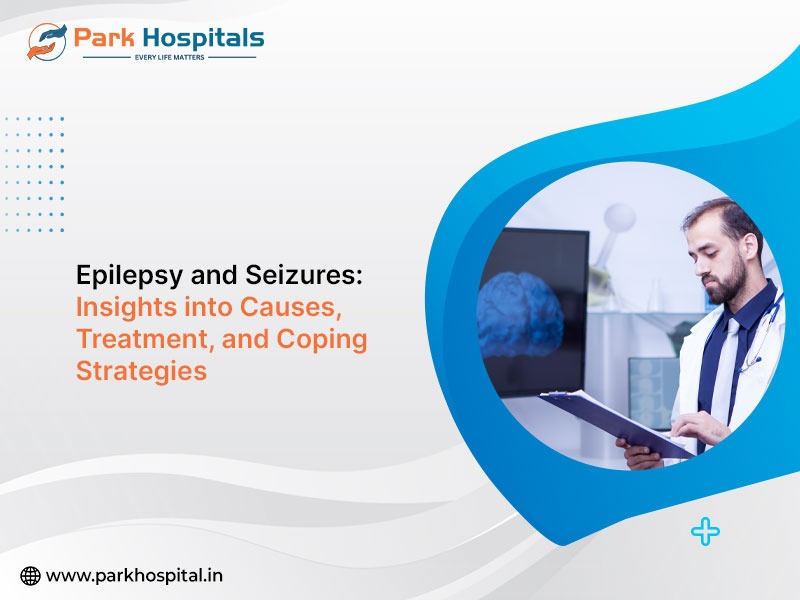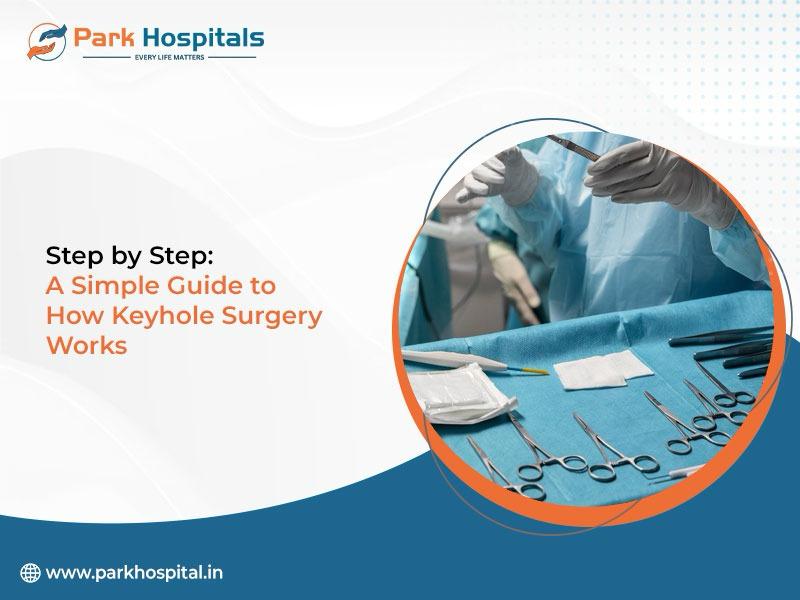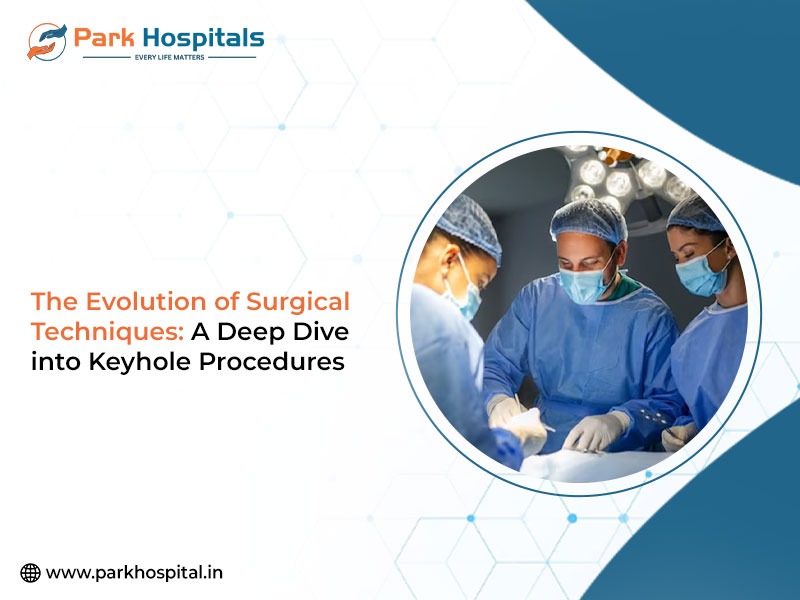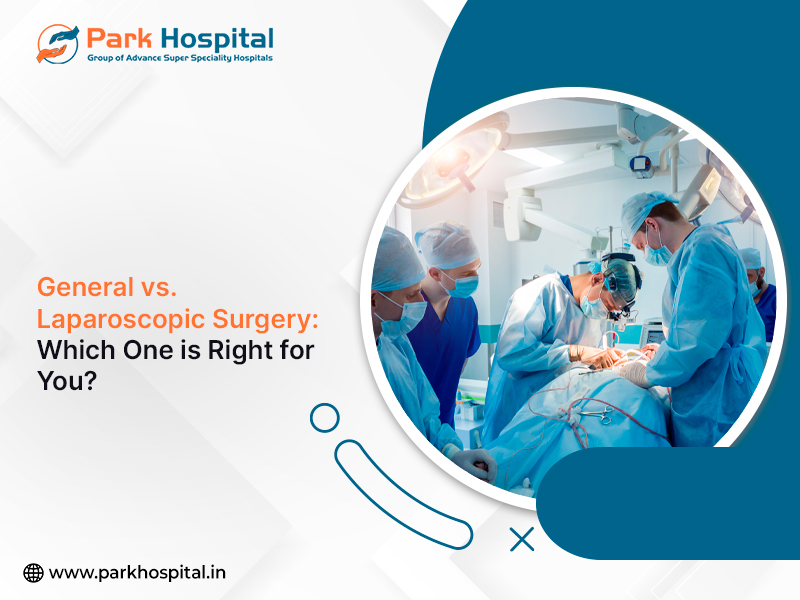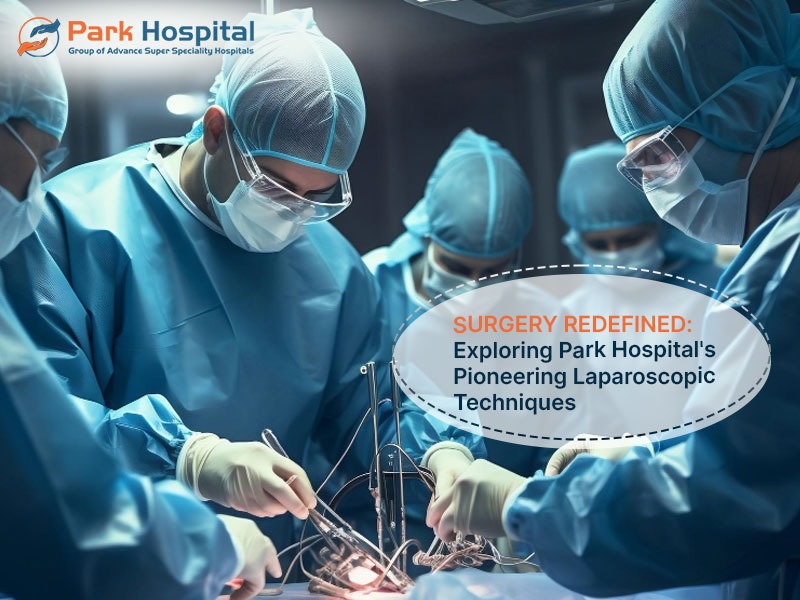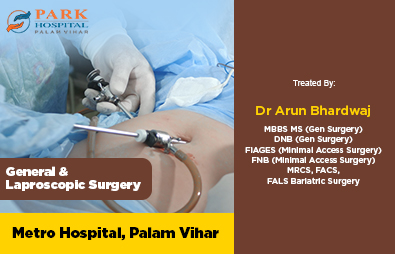Laparoscopic surgery is also known as a pinhole surgery or key-hole surgery. It has changed the field of modern medicine. Unlike traditional open surgery, laparoscopy just requires a minor incision. The surgeon introduces a long, thin tube into the small incision, and at the end of the thin tube is a camera. This helps in performing surgical procedures with accuracy and precision. So, read on to learn more about the key benefits of laparoscopic surgery and the reasons many patients are now opting for this modern approach.
How is Laparoscopic Surgery Performed?
A laparoscopy is a minimally invasive surgery that a surgeon performs for both diagnostic and therapeutic (treatment) purposes. Here's how it is performed:
Your anesthesia doctor will administer general anesthesia to relax your muscles and prevent you from feeling pain during the surgery.
A laparoscope is used, which is a narrow tube containing a telescope-like rod and a video camera.
The laparoscopic surgeon then places the laparoscope into the abdomen through a small incision in the belly that is half an inch or smaller.
The surgeon may additionally make up to three more incisions to insert other instruments so they can look at all the organs in your belly and see if there are any problems.
The camera on the laparoscope transmits an image of the inside of your belly or pelvis to a monitor.
Surgeons can monitor their hand movements during the procedure by using these images and perform the necessary changes required to treat a condition.
What Medical Conditions are Treated by Laparoscopic Surgery?
Laparoscopic surgery has revolutionized the treatment of numerous medical conditions, offering a minimally invasive alternative to traditional open surgery. Here are the common surgeries performed by the best laparoscopic surgeon:
Cyst, fibroid, stone, and polyp removals.
Small tumor removals.
Biopsies.
Tubal ligation and reversal.
Ectopic pregnancy removal.
Endometriosis surgery.
Urethral and vaginal reconstruction surgery.
Orchiopexy (testicle correction surgery).
Rectopexy (rectal prolapse repair).
Hernia repair surgery.
Esophageal anti-reflux surgery (fundoplication).
Gastric bypass surgery.
Cholecystectomy (gallbladder removal) for gallstones.
Appendectomy (appendix removal) for appendicitis.
Why Laparoscopic Surgery is the Preferred Choice?
Apart from diagnosing the causes of abdominal pain and other possible conditions, laparoscopic surgery has become a preferred choice for various reasons, such as:
Smaller Incisions and Minimal Scarring
Laparoscopic surgery is that it involves only a few small incisions rather than one long cut. This leads to less scarring, reduced pain afterwards, and a lower risk of infection.
Faster Recovery Time
Compared to traditional surgeries, people heal more quickly after laparoscopic surgery. Depending on the surgery, patients can resume their regular activities in 5-6 days to 1-2 weeks.
Less Pain and Discomfort
Post-operative pain is considerably lower when incisions are smaller since there is less damage to the muscles and tissues. Patients heal more comfortably and need fewer pain medications as a result.
Lower Risk of Infection and Complications
Traditional open surgeries increase the risk of infection by exposing internal organs. Minimal exposure during laparoscopic surgery lowers the risk of infections and other problems.
Reduced Blood Loss
Laparoscopic surgery requires fewer incisions. It minimizes blood loss and the need for blood transfusions during the procedure.
Shorter Hospital Stay
Most laparoscopic surgeries allow patients to go home from the hospital in a day or two, and some may be performed as outpatient procedures. This lowers medical expenses and allows patients to heal in the comfort of their homes.
Get Minimally Invasive Laparoscopic Surgery at Park Hospital!
Laparoscopic surgery has transformed the way many common conditions are treated. With smaller incisions, faster recovery, and reduced pain, it offers clear advantages over traditional open surgery. So, if you are looking for the best general surgeon near me, your search ends at Park Hospital. Our team of skilled surgeons has experience in performing procedures such as appendectomy, gallbladder surgery, and hernia treatment. To get a consultation with your laparoscopic surgeon, contact us and book an appointment today!
Also read: 5 Common Conditions Treated with Laparoscopic Surgery
FAQs
What is laparoscopic surgery?
Laparoscopic surgery is a minimally invasive technique that uses specialized tools, a camera, and tiny incisions. It is used to diagnose or treat abdominal or pelvic conditions with quicker recovery and less scarring than open surgery.
What are the advantages of laparoscopic surgery?
Compared to traditional surgery, laparoscopic surgery offers benefits, such as
Quick recovery,
Less pain,
Lower internal scarring,
Reduced the development of wound infection,
A lower chance of hemorrhage,
Requires fewer analgesics.
Which conditions can be treated with laparoscopic surgery?
The most common conditions treated with laparoscopic surgery are:
Gallstones or chronic inflammation
Infected appendix
Diverticulitis
Various types of hernias
Gastroesophageal reflux disease (GERD)
Pancreatic cysts or tumors
Fibroids and endometriosis
Ovarian cyst
Sleeve gastrectomy or gastric bypass
Is laparoscopic surgery safe?
Absolutely. Laparoscopic surgery is actually as safe as standard surgery for a lot of treatments. In some cases, it's even safer since it causes fewer complications and requires less recovery time.
How long is the recovery after laparoscopic surgery?
The length of recovery time depends on the type of surgery. You should be fully recovered from a minor surgery within 3 weeks. However, it can take up to 12 weeks to recover from major surgery.

